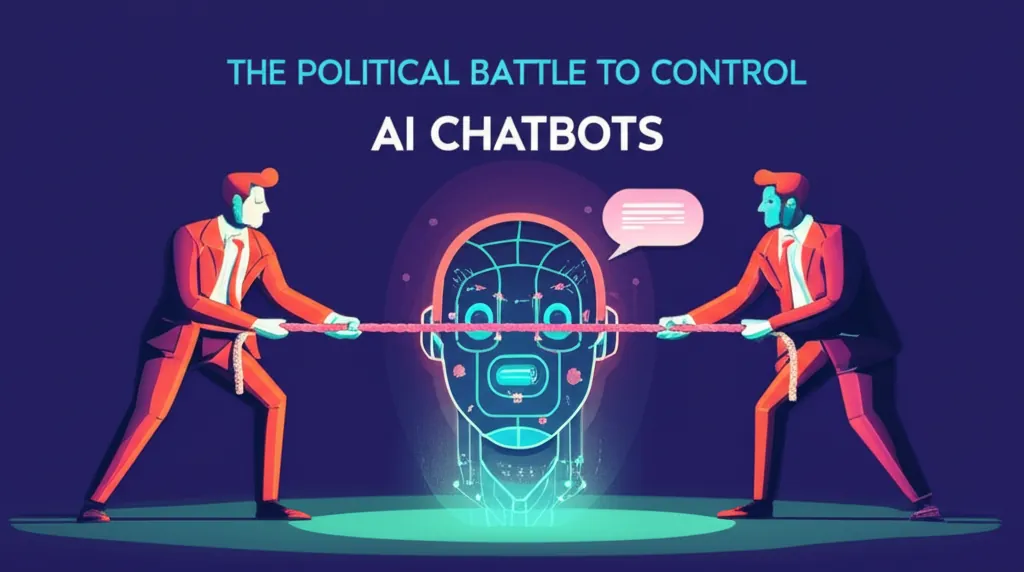Developer Offer
Try ImaginePro API with 50 Free Credits
Build and ship AI-powered visuals with Midjourney, Flux, and more — free credits refresh every month.
How Philips Used AI To Tame Its Massive Image Library
For any major company, the marketing department's image library is a vast and often chaotic digital space. Teams can spend days, or even weeks, sifting through thousands of photos to find the perfect assets for a new campaign. It’s a challenge of both scale and consistency.
The Mountain of Marketing Assets
The Dutch health technology giant Philips was facing this exact problem. Over the years, the company had accumulated a massive collection of 200,000 proprietary images. This sheer volume made it difficult to maintain visual consistency across its diverse product portfolio and global digital presence. Traditional asset management systems were struggling to keep up.
"We manage a large volume of proprietary assets, many of which historically weren’t fully centralized," explained Claudia Calori, Philips’ head of marketing excellence for personal health. "Properly managing the life cycle of these assets is critical to maintaining brand consistency and integrity across every touchpoint.”
Turning to AI for a Solution
Instead of continuing the manual struggle, Philips developed a cutting-edge solution using Google Cloud’s Vertex AI platform. This initiative highlights a broader trend identified in a PYMNTS Intelligence report, where AI has transitioned from a buzzword into a powerful business enabler. The report found that nearly two-thirds of product leaders now use generative AI to innovate products and services, effectively turning it into a "creative partner" that can accelerate design and development.
At Philips, developers built a custom algorithm centered on a form of AI known as computer vision. This approach cleverly bypassed the traditional reliance on file names, manual tags, or metadata, which can often be imprecise or outdated.
How Computer Vision Outsmarts Metadata
Computer vision allows the system to analyze and group images based on what is visually present in the image itself. The key to this technology is the use of image embeddings.
Image embeddings are essentially mathematical fingerprints of an image's visual features. They capture complex patterns like color, shapes, composition, and texture, allowing an AI to understand and compare images on a purely visual basis. This works even if an image has been cropped, resized, or compressed.
“Using image embeddings, the system compares degrees of similarity between images across multiple databases and delivers instant results, even when scanning hundreds of thousands of images at once,” Calori noted. “It’s a metadata-free approach that’s driven entirely by the visual content itself.”
From Chaos to Curated: The Results
Once the embeddings were generated, the AI algorithm scanned Philips' vast image libraries. It identified and grouped visually similar images. From each group, it selected the best version based on criteria like quality or recency to serve as the "master" image. All duplicates and outdated visuals were then discarded.
The result was transformative: Philips' sprawling library of 200,000 images was expertly culled to just 8,000 of the best, on-brand assets in a matter of hours.
This AI-driven cleanup saved a significant amount of time and dramatically improved accuracy, freeing up the marketing team to focus on high-level strategy and creativity. It also strengthened compliance by ensuring that any revised image can be traced back to its approved source, mitigating the risk of unapproved visuals being used.
“Ultimately, this helps drive stronger engagement and trust in the brand,” said Calori.
A New Foundation for Marketing Innovation
The new system provides ongoing benefits beyond the initial cleanup. It enables faster A/B testing, accelerates campaign launches, and helps curate up-to-date asset collections for various marketing teams. Philips stated that this innovation marks a "major leap forward" for its asset management strategy.
By leveraging advanced visual matching, Philips can now refresh marketing touchpoints faster and maximize the impact of its creative assets, ensuring a clear and consistent story is told to customers everywhere.
Compare Plans & Pricing
Find the plan that matches your workload and unlock full access to ImaginePro.
| Plan | Price | Highlights |
|---|---|---|
| Standard | $8 / month |
|
| Premium | $20 / month |
|
Need custom terms? Talk to us to tailor credits, rate limits, or deployment options.
View All Pricing Details

